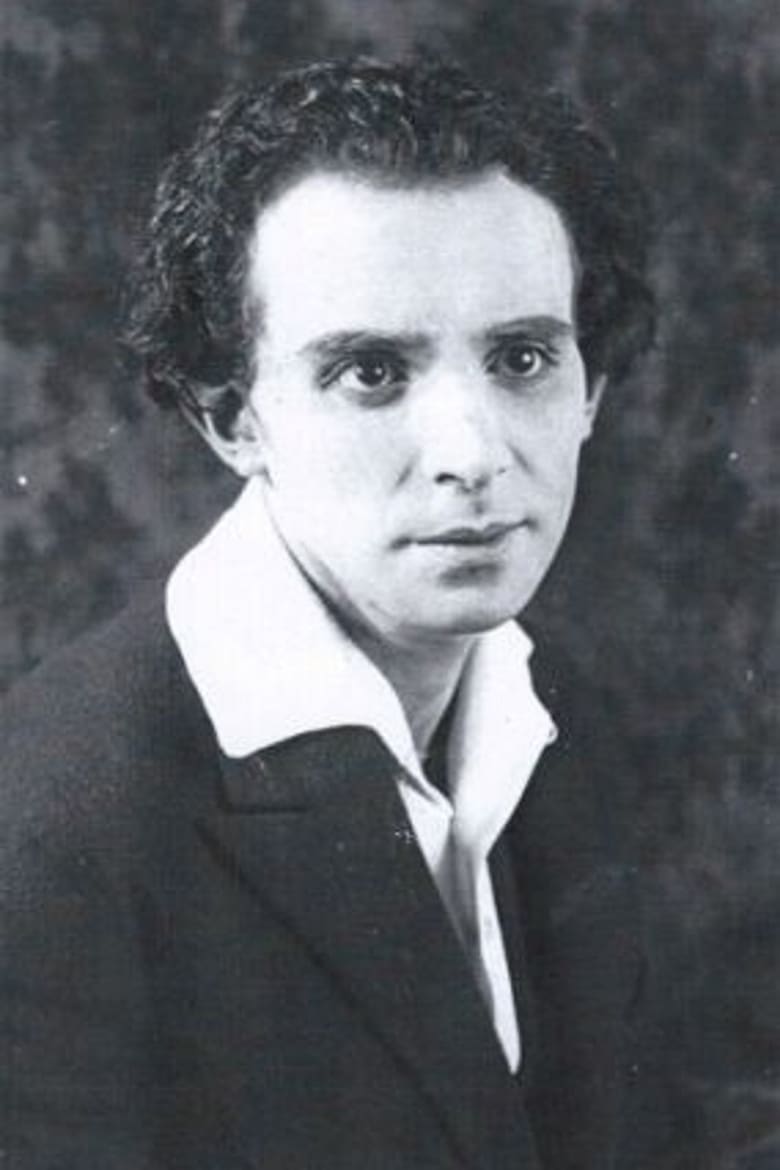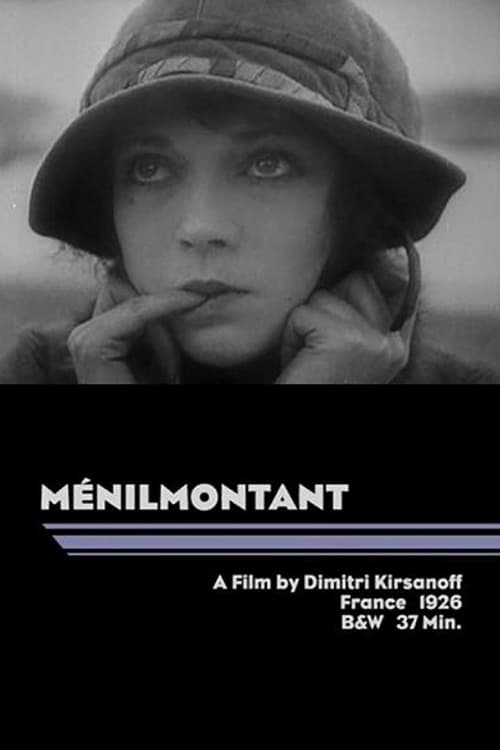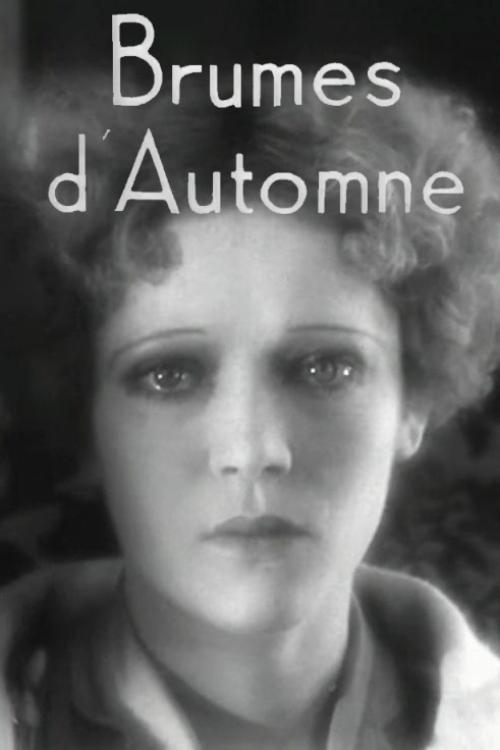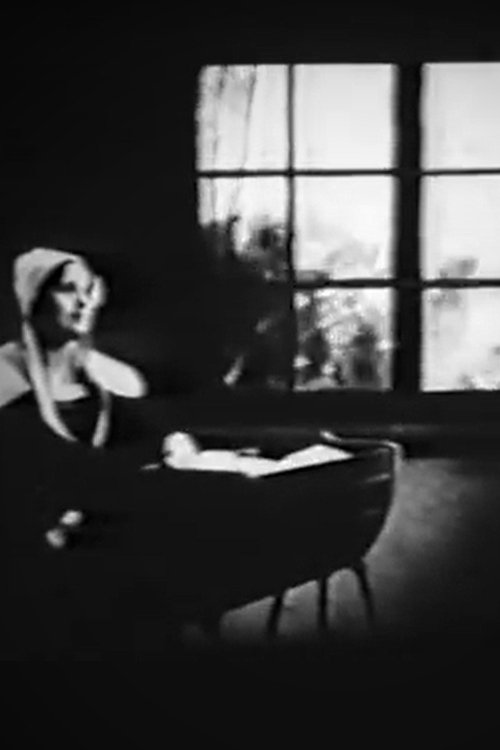Director: Dimitri Kirsanoff

Birthday: 1899-03-06
Born in: Tartu, Estonia
Biography: Dimitri Kirsanoff (Russian: Дими́трий Кирса́нов) was an early filmmaker, considered part of the French Impressionist movement in film. He is known for his inexpensively made experimental films. Kirsanoff was born Markus David Sussmanovitch Kaplan in Tartu (then Juryev), Estonia, then Russian Empire in 1899 to Lithuanian Jewish parents. In the early 1920s he moved to Paris and became involved in cinema through playing cello in the orchestra at showings. He began making films on his own, and never worked with a production company. Kirsanoff was at the forefront of Parisian avant-garde filmmaking thanks to works such as Ménilmontant (1926), which combined soviet style montage with hand-held camerawork and lyrically composed static shots. Kirsanoff's early silent films, many starring his first wife Nadia Sibirskaia, are considered his best works. With the coming of sound the quality of his output declined, though he continued to direct commercial ventures into the 1950's. He was married to the actress Nadia Sibirskaïa who starred in several of his early films. His second marriage was to editor Monique Kirsanoff.
Born in: Tartu, Estonia
Biography: Dimitri Kirsanoff (Russian: Дими́трий Кирса́нов) was an early filmmaker, considered part of the French Impressionist movement in film. He is known for his inexpensively made experimental films. Kirsanoff was born Markus David Sussmanovitch Kaplan in Tartu (then Juryev), Estonia, then Russian Empire in 1899 to Lithuanian Jewish parents. In the early 1920s he moved to Paris and became involved in cinema through playing cello in the orchestra at showings. He began making films on his own, and never worked with a production company. Kirsanoff was at the forefront of Parisian avant-garde filmmaking thanks to works such as Ménilmontant (1926), which combined soviet style montage with hand-held camerawork and lyrically composed static shots. Kirsanoff's early silent films, many starring his first wife Nadia Sibirskaia, are considered his best works. With the coming of sound the quality of his output declined, though he continued to direct commercial ventures into the 1950's. He was married to the actress Nadia Sibirskaïa who starred in several of his early films. His second marriage was to editor Monique Kirsanoff.
Known for
7.4

6.5

6.8
